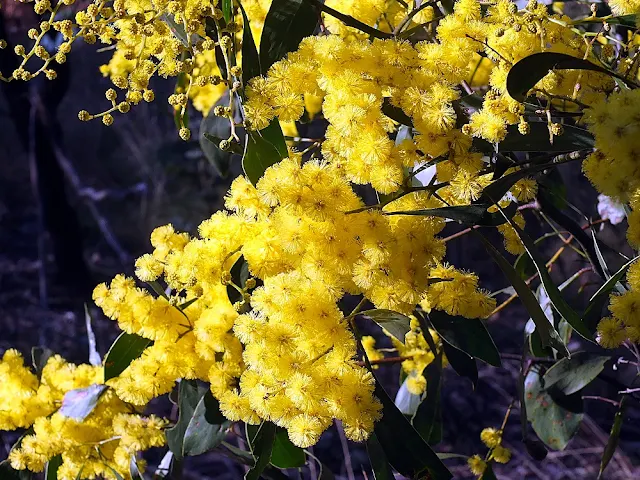The ‘Loss of hollow bearing trees from Victorian native
forests’ is listed as a Potentially Threatening Process under the Flora and
Fauna Guarantee Act 1988. The continuing net loss of hollow-bearing trees in
native forests and woodlands has been nominated and recommended for listing as
a Key Threatening Process under the Commonwealth Environment Protection and
Biodiversity Conservation Act 1999.
Natural tree hollows are an increasingly scarce and valuable
resource for many native species of wildlife and for some birds and animals,
tree hollows are absolutely essential.
A wide range of cracks, crevices, notches and hollows in
trees and logs are needed for the survival of our native wildlife.
17% of Australian birds, 42% of our mammals and 28% of our
native reptiles use tree hollows for nesting, refuge, or as living quarters.
Large hollows which are needed for birds like cockatoos,
parrots and owls, reptiles like goannas and mammals such as possums can take
hundreds of years to develop, making the conservation of older trees very
important.
Most introduced tree species do not produce suitable hollows
for wildlife. Our eucalypts develop hollows through the action of weathering,
insect and fungal attack, natural branch-shedding and fire.
Permanent loss of hollow-bearing trees occurs primarily as a
result of clearing for agriculture and urban development.
Roadside trees are a particularly important source of
hollows in rural areas. There has been a tendency to remove old trees when they
are assessed as a hazard to traffic or a fire risk in relation to power lines. Balanced
management is needed to avoid unnecessary removal of old hollow-bearing trees,
alive or dead, that may take centuries to replace.
The fragmentation of native tree species due to urbanization
is ever-increasing in our shire. Along with this disturbance to our natural
environment, we are losing one of the most valuable environmental assets – tree
hollows










